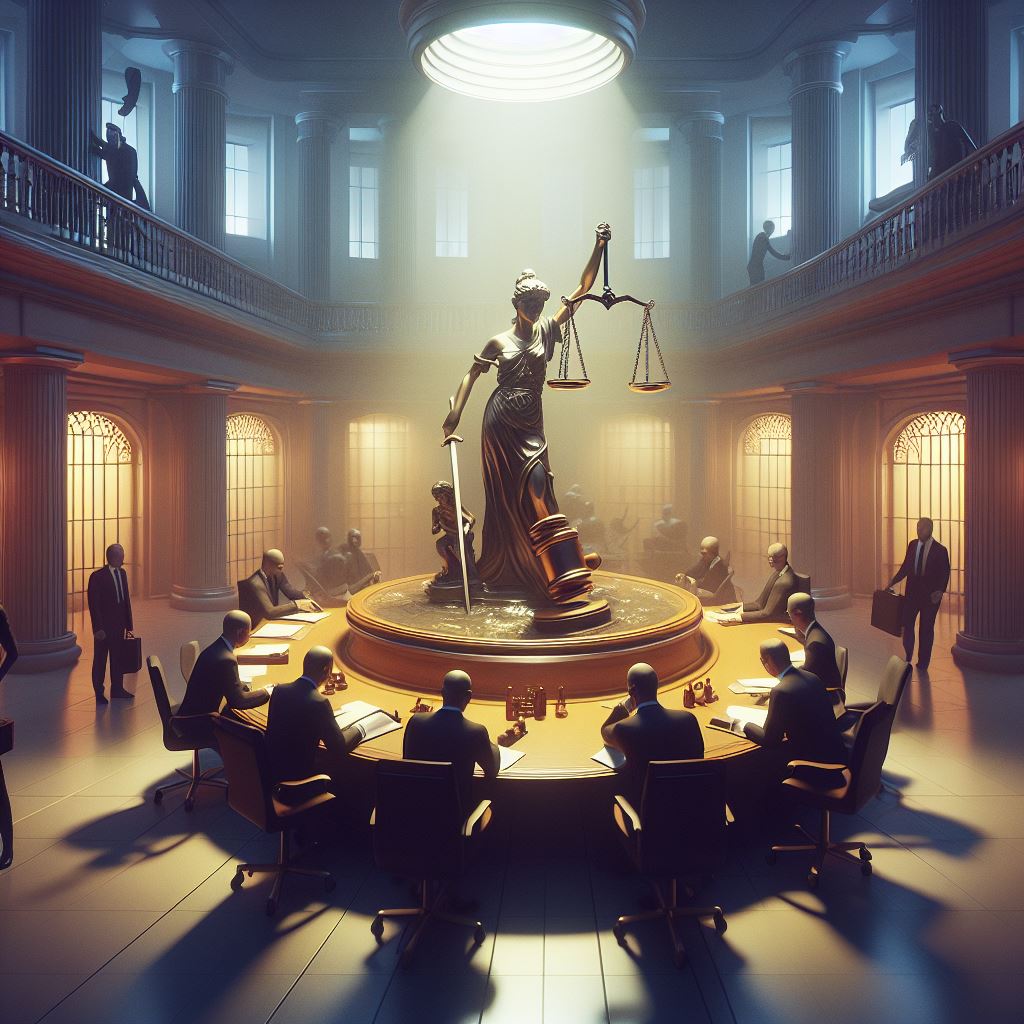Bethesda’s latest RPG, Starfield, has captured the attention of gamers worldwide with its ambitious venture into outer space. While the game boasts expansive RPG systems and captivating side quests, its space exploration component has left some players disappointed. As I delved into the sci-fi epic, I found that despite the hype surrounding its exploration of numerous star systems, the execution fell short of expectations.
One of the most touted features of Starfield was its promise of over a thousand visitable planets, many of which were procedurally generated for each playthrough. To achieve this scale without burdening developers, Bethesda employed procedural generation—a technique that utilizes algorithms and predefined metrics to generate in-game content dynamically. This approach allowed for the creation of a vast array of planets with varying characteristics, avoiding the need for manual design.
The intersection of procedural generation and AI
Although procedural generation and artificial intelligence (AI) aren’t identical, they share similarities in how they impact game development. Procedural generation, while not a form of AI, creates content similarly to how AI enhances algorithms over time. The NYU Game Innovation Lab’s Julian Togelius suggests that procedural generation can be equated to generative AI within the context of game development.
The downsides of procedural generation
Despite the potential benefits, the reliance on procedural generation in Starfield had adverse consequences. While the procedurally generated planets exhibited visual variety, they lacked depth in terms of interactivity. While Bethesda added random events to enhance exploration, the recycling of such events across planets detracted from the immersive experience. In contrast, hand-designed planets like Volii-Alpha and Akila showcased intricate details, captivating landscapes, and engaging side quests that enriched the game’s world.
Balancing craftsmanship and automation
The debate arises regarding the balance between AI-generated and hand-crafted gameplay. Minecraft demonstrates the successful utilization of procedural generation alongside interactive elements, creating an enjoyable sandbox experience. However, Starfield highlights the potential pitfalls when overrelying on procedural generation. A harmonious fusion of human creativity and AI assistance could yield a more rewarding player experience.
The future of AI in gaming
Starfield isn’t an isolated case, as AI-driven solutions continue to shape the gaming landscape. Nvidia’s Ace for Games, introduced this year, enables developers to employ AI for spontaneous and unique NPC dialogues. While AI can enhance content variety, it should not overshadow the craftsmanship of skilled writers and designers. Striking a balance between AI-driven scale and hand-crafted quality is paramount.
Quality over quantity
In retrospect, the allure of exploring a galaxy of a thousand planets might have diluted the overall quality of Starfield’s universe. A more focused approach, with fewer planets offering richer interactivity, could have led to a more immersive and engaging experience. Quantity should not overshadow the significance of meaningful interactions within the game’s world.
The creative edge of human ingenuity
While AI plays a crucial role in modern game development, it can never replicate the boundless creativity of human creators. Talented designers and writers infuse games with unique narratives and immersive worlds that resonate with players on a profound level. As AI continues to advance, its role in gaming should complement and enhance, rather than replace, the craftsmanship of human ingenuity.
Starfield’s exploration of procedural generation offers valuable insights into the complex interplay between AI and game development. The lessons learned underscore the importance of maintaining a delicate equilibrium between automated content generation and human artistry. The future of gaming lies in a collaborative partnership between AI and human creativity, fostering experiences that captivate players and stand the test of time.





